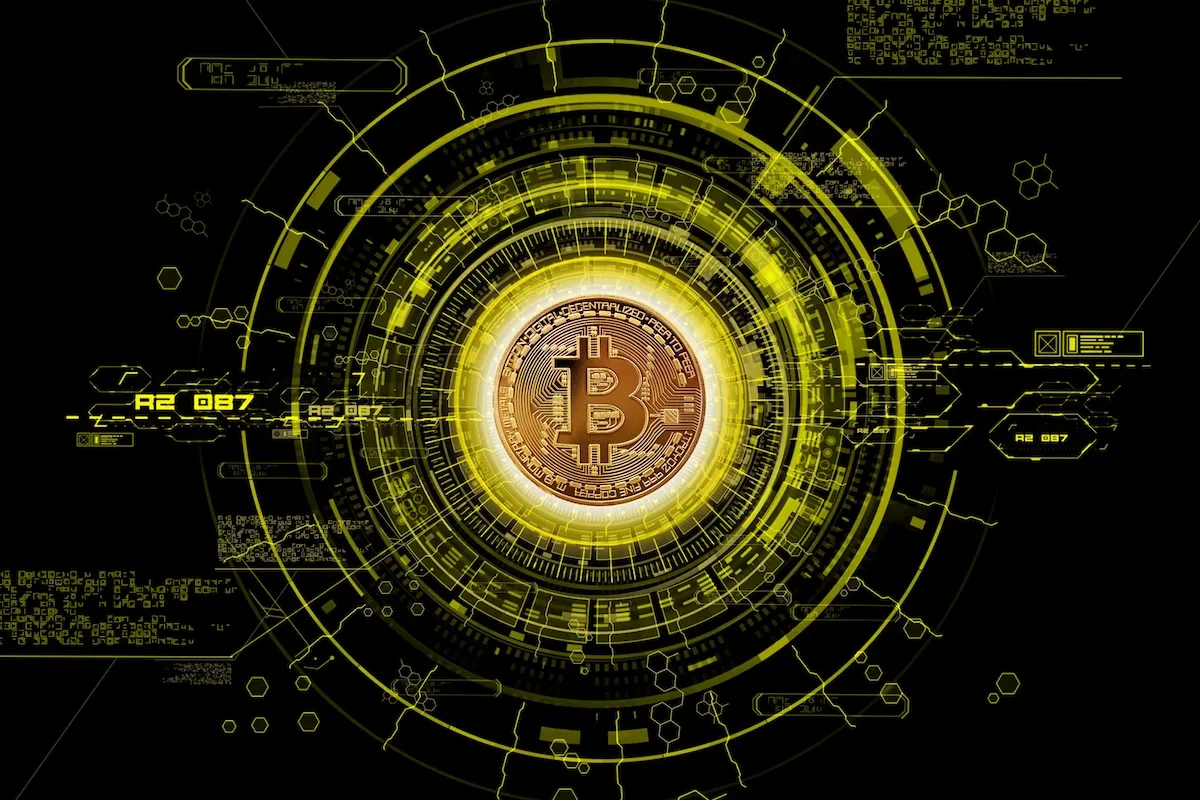The crypto world moves fast. Very fast. Yesterday everyone was obsessed with DeFi yields, today it’s all about NFT marketplaces, tomorrow? Probably some AI token that nobody heard of last week. The question is: who spots these trends first? Is it the human crowd on X (formerly Twitter) or artificial intelligence like ChatGPT?
Look, this matters way more than you might think. Getting in early on narrative shifts? That’s how you catch those crazy runs while everyone else is still figuring out what’s happening. Whether you’re storing coins in a non-custodial wallet like Atomic Wallet or jumping between exchanges, being first makes all the difference. So let’s see how these two approach things differently.
The X Factor: Human Intuition at Scale
X has been crypto’s town square since Bitcoin’s early days. The platform hosts everyone from retail investors to crypto whales, from researchers to influencers. When something big happens in crypto – whether it’s news about AI tokens, a ChatGPT coin launch, or even speculation about an eventual X coin – the platform usually knows about it within minutes.
The platform’s strength lies in human intuition. Crypto traders have developed an almost supernatural ability to sense market shifts. They pick up on subtle changes in developer activity, whale movements, and regulatory hints. This collective intelligence often spots patterns before any algorithm could.
Look at what happened with AI tokens recently. Months before CNBC started covering the trend, crypto Twitter was already deep in discussions about projects like Fetch.AI, Bittensor (TAO), and even AI Dragon (CHATGPT token) and speculating about ChatGPT token possibilities. Information moves through these networks incredibly fast.
But X isn’t perfect. That speed cuts both ways – scams and pump schemes spread just as fast as real news. False rumors can crash prices before anyone verifies the facts. The platform amplifies both genuine insights and dangerous speculation.
ChatGPT: The Data Processing Powerhouse
ChatGPT works differently than the crypto crowd on X. It doesn’t panic when Bitcoin dumps or get hyped about “moon soon” predictions. The AI just crunches through mountains of data – news reports, research studies, market analysis – all day, every day.
Here’s where it gets interesting. AI can spot connections that most people miss. Maybe there’s a correlation between developer GitHub activity and price movements three weeks later. Or regulatory filing patterns that predict market shifts. Most people can only really focus on one thing properly. AI? It’s watching everything at once.
The biggest advantage? No emotions. When everyone’s screaming about the next 100x gem, AI stays cool and looks at the fundamentals. It doesn’t get excited about moon predictions or panic during crashes. This steady approach can identify sustainable trends versus temporary bubbles.
However, AI systems have blind spots. They struggle with context that humans grasp intuitively. They might miss the significance of a casual developer comment or fail to understand cultural nuances that drive community adoption.
Speed Test: Who Really Spots Trends First?
Honestly, it’s not that simple. What we’re tracking makes a huge difference.
For breaking news? X wins every time. When Gary Gensler tweets something or a major exchange gets hacked, you’ll see it on crypto Twitter before any AI even knows it happened. I’ve watched regulatory announcements spread through X in literal seconds – screenshots flying around faster than official press releases. ChatGPT and similar systems needed time to process the official documents and provide structured analysis.
But here’s where AI shines. For the big, slow-moving trends, it often catches them first. Remember how AI tokens like Render (RNDR), The Graph (GRT), and various ChatGPT token projects started gaining traction last year? While crypto Twitter was still arguing about which dog coin would pump next, AI was quietly tracking venture funding patterns and spotting the shift months ahead. While X users debated individual tokens, AI systems were quietly tracking broader patterns in venture funding, developer activity, and institutional adoption.
The ChatGPT vs Fetch AI price discussions illustrate this perfectly. X users focused on short-term price movements and technical analysis of AI tokens like TAO, ARKM, and various ChatGPT-named coins. Meanwhile, AI was digging into partnership deals, checking out what the devs were actually building, seeing where these projects stood in the bigger picture.
What Actually Happened Recently
Several recent cases highlight the strengths of each approach. When major institutions started announcing crypto integration plans, X users caught the news first. Traders were already positioning themselves while AI systems were still processing the implications.
Conversely, the gradual emergence of RWA (Real World Assets) tokenization as a major narrative showed AI’s strengths. While X focused on individual project announcements, AI systems identified the broader trend months earlier by analyzing patent filings, regulatory submissions, and academic research.
The gaming crypto revival provides another interesting case study. X communities drove initial excitement around specific projects. But AI analysis revealed which gaming and NFT crypto narratives had sustainable fundamentals versus those riding pure hype.
Processing Power vs Human Networks
Here’s the thing – these approaches actually work better together than against each other. X has millions of people all sharing what they’re seeing and thinking. This crowdsourced approach can be incredibly powerful for rapid information gathering and sentiment analysis.
ChatGPT and AI systems bring processing power that no human network can match. They can simultaneously monitor hundreds of data sources, identify correlations across multiple timeframes, and maintain objectivity during volatile periods.
Smart crypto investors are learning to use both. They monitor X for breaking news and sentiment shifts. They use AI tools for deeper analysis and pattern recognition. This combined approach provides both speed and depth.
Looking Ahead to 2025
You know how crypto works – something new every week. 2025 already feels insane and we’re barely getting started. One month it’s all about institutions finally getting in, next month some regulatory drama, then boom – new AI tokens launching with GPT in their names or some breakthrough nobody expected.
Both X and AI systems are adapting too. X is integrating more sophisticated analytics tools. AI systems are becoming faster and better at understanding context. The gap between human intuition and artificial intelligence continues narrowing.
The most interesting development might be hybrid approaches. Some platforms now combine real-time social sentiment from X with AI-powered fundamental analysis. Maybe this is where things get really interesting.
The Verdict: It’s Complicated
So who wins the race to spot crypto narratives first? Honestly? What exactly are you trying to catch?
X crushes it for breaking news. AI wins for long-term pattern recognition. But the smartest money? They’re using both.
Look, neither approach is perfect. X can be a mess of rumors and pump schemes. AI sometimes misses the obvious stuff that any crypto native would catch immediately. But when you combine them? That’s where things get interesting.
The real competition isn’t ChatGPT vs X. It’s about who can blend human instinct with machine intelligence better. In a space that moves as fast as crypto, that combination might be the only way to stay ahead.
What we’ll probably see in 2025? New tools popping up everywhere, platforms trying to outdo each other, maybe some crazy approach nobody’s even thinking about right now. And you know what? That constant hunt for the next narrative is exactly why crypto feels like a drug sometimes.



